How To Avoid Cakey Foundation – Tricks To Avoid Cakey Makeup
Create a flawless base for your makeup and learn the ways to avoid mistakes.
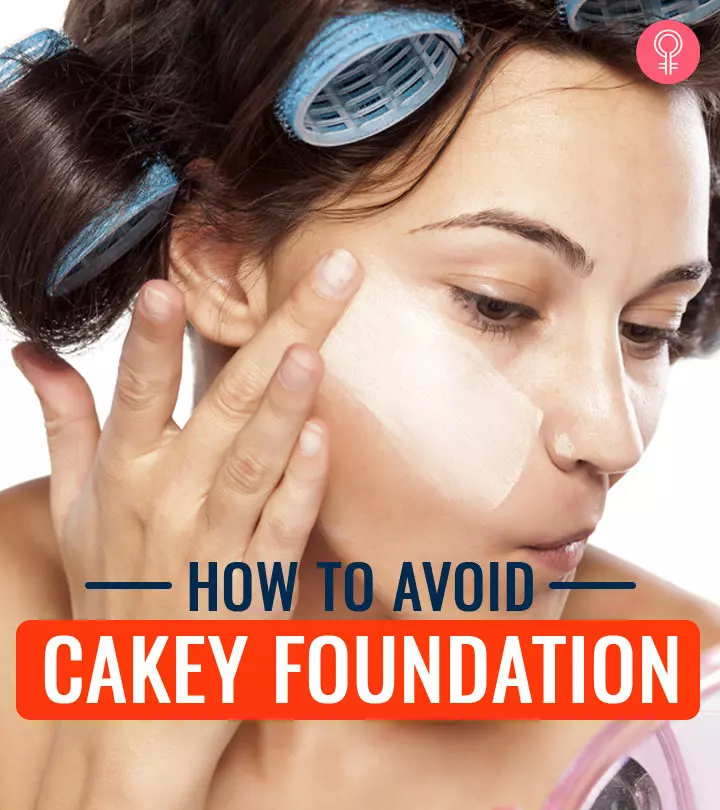
Image: Shutterstock
A foundation is the basis of your makeup, as it can make or break your look. Unfortunately, most people struggle with a particularly undesirable yet common issue with foundation: they can’t figure out how to avoid cakey makeup. While it can be quite bothersome, cakey makeup is an easy issue to address. The secret to landing a flawless makeup look is getting your base right, and we often make the same mistakes of picking the wrong shade or applying it on dry patches.
In this article, we share some tips to create a flawless base. What’s more? There is a complete guide to fixing cakey makeup quickly, too. Keep scrolling!
 Keep In Mind
Keep In Mind- Matching Formulas: Matching Formulas Try matching the foundation and primer types. For example, pair a silicone-based primer with a silicone-based foundation for efficient coverage.
- Skin Type: Matching Formulas Be mindful of your skin type while choosing your foundation. For example, if you have oily skin, use a water-based foundation. For dry skin, use a cream-based foundation.
- Best Makeup Tools: Matching Formulas Use a sponge for a lightweight foundation and a brush for creamy formulas.
In This Article
What Does ‘Cakey Makeup’ Mean?
Typically, any makeup look that does not look flawless at a glance makes for cakey makeup. It refers to a foundation that looks thick, uneven, heavy, or noticeable after application. This may also include blotchy makeup that breaks, creases, flakes, and slides around. It may be caused by wrong application of the foundation or any other makeup product, overuse of a product, or the use of products that are not suitable for your skin tone, type, and texture. Oily or dry skin may cause the makeup to come off or settle into the patches.
Sometimes, even after a perfect makeup application, your skin type might make your makeup look cakey. Check out the next section to find out why.
Key Takeaways
- Not using the right makeup products for your skin type or dehydrated skin can cause your makeup to look cakey.
- Applying too many layers of foundation can make your face look chalky and cakey.
- Choose the right shade of foundation and the proper makeup tools to avoid a cakey makeup look.
Why Does My Makeup Always Look Cakey?
While applying foundation, you might over-do it, apply it on visible dry patches on your skin, or not blend your moisturizer and sunscreen on it properly (1). All of these tiny mistakes lead to a cakey and chalky makeup look. Dead skin cells often cling to your face and form a rough layer, which does not allow the foundation to blend evenly on your face.
Another primary cause of cakey makeup could be dehydrated skin or not using the right skin care or makeup products for your skin type.
Environmental factors also significantly affect how the product will settle once it is applied. For instance, high humidity may cause the skin to produce more sweat and oil, leading to a product breakdown and leaving you with cakey makeup. Another possible reason is the indoor dry air due to heating systems which may cause dryness making your skin produce more oil than usual in an attempt to compensate. This may also lead to an uneven makeup look. Similarly, air conditioning also compromises the moisture barrier of the skin, thus making it more prone to fine lines and creases.
Understanding these factors will help achieve a good, smooth finish that will glow and last all day.
 Trivia
TriviaHere are some ways to prep your skin right before applying foundation.
How To Make Your Foundation Not Look Cakey And Ways To Fix It
- Skin Care Routine
Have you ever wondered? “Why does my makeup look cakey all the time?” Chances are that you might not be getting the basics right. A fundamental step to avoid cakey makeup is to follow a proper skin care routine. Use a good exfoliator, moisturizer, face oil, and face serum. Try to use chemical exfoliators as they do not have any harsh microbeadsi Small bits of plastic added to cosmetic and personal care products like exfoliators that can irritate and scratch the skin. . Go for exfoliators with ingredients like AHAs and BHAs that remove all the dead skin cells and make your skin soft and healthy (2). Use a toner after exfoliating to close your pores and balance the pH of the skin. Do not forget to moisturize your face at least twice a day. Before going to bed, use a face serum as it provides excellent nourishment to your skin. Look for a face serum that contains hyaluronic acid to bind the water molecules into the skin.
- How To Prep Your Skin Before Applying Foundation
Your skin needs a proper prep routine before you start applying foundation. If you have dry skin, your foundation can settle on the dry patches and cling to your face. Thus, it is crucial that you start by applying a primer. Primer evens out the skin tone offering a smooth base for foundation.
Ensure that you apply a lightweight formula moisturizer, a face serum, or a facial oil at least 10 minutes before applying a primer. While applying primer, focus on the areas around your nose and the high ends of your face to even out the skin before applying foundation.
- The Right Way To Apply Foundation
After following these necessary steps it is finally time to apply the foundation. However, knowing how to apply the foundation is essential to achieve that perfect coverage. Choose a non-cakey foundation with medium to high buildable coverage that does not require too much layering. Use a clean makeup sponge to apply the foundation in bouncing motions. Apply a single layer with a sponge or makeup brush first, and then apply another coat if required. A makeup sponge prevents any kind of friction or streaking and makes your skin look flawless and natural.
Let’s now look at some easy steps to follow to stop your foundation from turning cakey.
How To Avoid Cakey Foundation: 10 Simple Steps
1. Use A Makeup Setting Spray

A full-face makeup routine includes many steps – base, contouring, bronzing, highlighting…By the time you are done with the whole process, your face could end up looking like it is painted. You need to melt all of that makeup into your skin using a setting spray. A setting spray is the ultimate secret to a flawless makeup look. It eliminates all the residue and gives you a natural makeup finish. You can also spritz some setting spray on the makeup brush before dipping the brush into the foundation to add it to the face. This will ensure that the makeup smoothly glides across the face smoothly without transferring the makeup.
2. Blend The Foundation Well

If your foundation looks white and chalky after application, then you’ve not blended it well. Cakey foundation can also be due to the wrong foundation shade. To avoid this issue, choose a foundation shade darker for a more natural, smooth finish. If you don’t know how to find your foundation shade, it is crucial to seek expert assistance. Make sure that you allow the foundation to dry before applying another coat. Apart from this, use a damp makeup sponge to eliminate all the fine lines and streaks to give yourself even-looking skin.
3. Hydrate Your Under-Eye Area
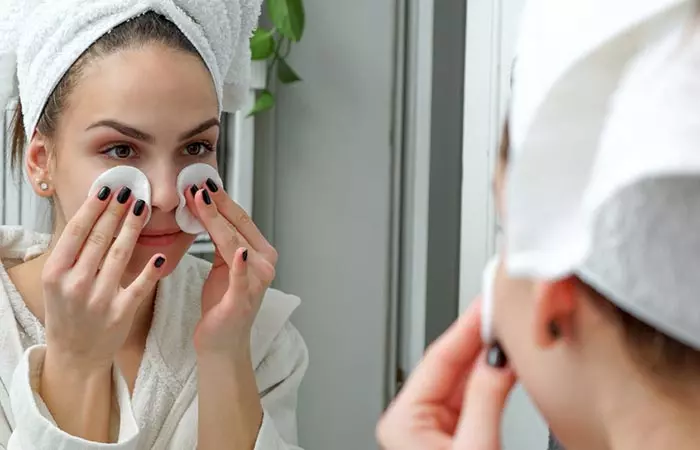
Does your under-eye look cakey even after following the entire base routine properly? That means it requires some hydration. A simple hack to hydrate your under-eye area is to use a face spray, serum, or a toner that contains squalane. Spritz it on your makeup sponge, dab off the excess, and gently press it under your eyes.
4. Dab Off The Excess
If you think you have gone over the top with your foundation, there’s nothing to be worried about. Take a damp makeup sponge and press it gently on your face where you think it looks uneven. Apart from this, you can use a clean paper towel and press it down firmly on the face, removing any excess makeup from the face.
5. Use A Face Oil
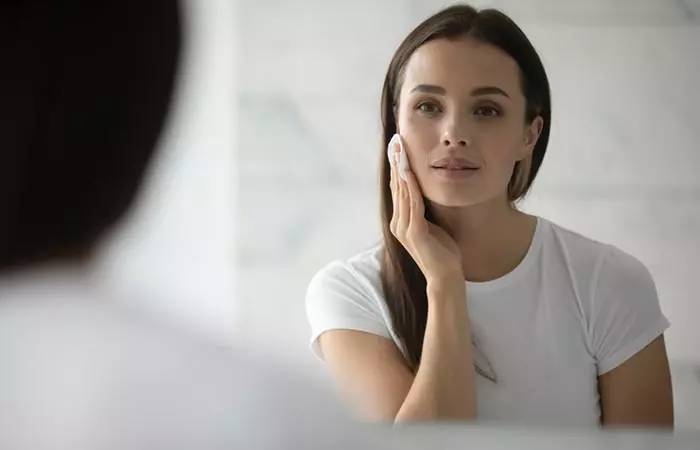
One of the preliminary causes of cakey makeup is dry skin. No matter how much you prepare your skin before your makeup routine, your skin ends up looking patchy. The solution is to wet your face with a warm cloth to open the pores and hydrate the skin. Next, apply dry oil to the skin by gently massaging in circular motions. This will allow the skin to absorb the product, thus adding moisture to dehydrated skin. With this hack, all your foundation, concealer, and bronzer will blend seamlessly into your skin.
6. Use A Setting Powder For Oily Skin

You need to get your foundation right, irrespective of your skin type. If you have oily skin, the trick to avoid cakiness is going to be different. Instead of using a face oil, use a translucent setting powder on your face’s oily areas, especially the T-zone. After this, you can continue with the rest of the steps.
 Quick Tip
Quick Tip7. Avoid Applying Too Much Makeup On Creased Areas
While applying makeup, we often try to cover our fine lines with more makeup. But, you should consider doing the opposite because less is more. Avoid the areas where you have lines and creases. After you’re done applying foundation on the rest of your face, use whatever little product is left on the sponge and dab it gently on those areas.
8. Apply Eyeshadow Primer On Creased Areas
Have you ever considered using an eyeshadow primer on the creased areas of your face? No, right? An eyeshadow primer evens out your face’s fine lines just as it does on the eyes. Take a tiny amount of eyeshadow primer and dab it on the creased areas of your clean, moisturized face. Then, take a little bit of setting powder and press it on those areas. Now you can comfortably apply foundation and concealer. Finally, don’t forget to set the entire thing with a loose powder and setting spray.
9. Mix The Right Foundation With The Right Primer
Not all primers work well for all foundations. So choose the right products! According to professionals, silicone-based primers work well for silicone-based foundations. Water-based primers are much more flexible and work well for both water- and silicone-based foundations. You can also mix a small amount of primer in the foundation and apply with a brush to areas of fine line to balance out the skin tone.
10. Take Some Time Before Setting Your Under-Eye Area
Do you find creasy lines under your eyes even after finishing your makeup? Don’t rush. Wait for a few minutes to set your under-eye area after applying concealer. You can focus on your eye makeup till the concealer sets on your skin. Once you’re done with your eye makeup, use a little bit of loose setting powder to fix your under-eye area.
Here are a few tips to avoid ending up with a cakey face.
Tips On How To Avoid Cakey Foundation
- Take Your Time
Your foundation often ends up looking cakey because you rush through applying it. If you don’t want your makeup to go wrong and last on your face for hours, you need to be patient. Apply moisturizer or face oil at least 5-7 minutes before your makeup routine. The moisturizer needs time to sit on your skin before you start with your foundation.
- Choose The Right Shade Of Foundation
Choosing the wrong shade of foundation is a common blunder that we often make. A wrong shade is more prone to causing cakiness. Before selecting a shade, you need to figure out your skin tone and undertone. Go to a makeup store and swatch some shades to find the right one for your skin.
- Use The Proper Makeup Tools
Instead of using your fingers to even out your foundation, we strongly recommend that you use a soft makeup sponge or a foundation brush to get a smooth and natural finish.
- Use A Waterproof Concealer
If you don’t want your concealer to settle in the lines under your eyes due to sweat, you should avoid using a cakey concealer. Invest in a good waterproof concealer that stays in place for a long time without washing away.
- Be Light And Gentle
While applying foundation on your face, be very light and gentle with your motions. Do not apply extra layers of foundation unnecessarily as it ends up looking fake and chalky. Use a light hand. Always remember that a minimum amount of foundation, concealer, and setting powder can go a long way.
Now comes the most important part—the most common makeup mistakes when applying foundation and how to avoid them. Check them out!
9 Common Foundation Mistakes: How to Avoid Them
1. Not Choosing The Right Foundation Shade
A wrong foundation shade is a big no-no! Always ensure that your base makeup perfectly matches your natural skin tone. According to professionals, swatching foundation shades in natural light is the best way to pick the right one. Let the foundation sit on your skin for some time. If it does not oxidize and change its tone, you’ve found the right one for you. Another simple trick is to apply foundation samples to the jawline of your face and take note of how the color matches your neckline.
2. Applying Too Much Foundation
A common misconception about applying foundation is that using too much of it will give you an even complexion. You’re wrong! Adding extra layers of foundation makes your face look chalky and cakey. Therefore, go light on your base makeup.
A blogger shared her experience of using makeup the right way to avoid a cakey face. She described her face as textured which made it difficult for her to apply makeup without making it look cakey. She said, “Trust me when I say that a minimum amount of foundation and concealer is the most flattering, even for problematic skin (i).”
4. Not Considering The Undertone Of Your Skin
Picking the right foundation can be tricky. The key here is to figure out your skin’s undertone. Professional makeup artists say that cooler skin tones tan a pink/cinnamon shade and should go for a cooler foundation shade. People with warmer skin tones don’t burn easily and should opt for a foundation with a yellow undertone. However, if you are still unsure, get a professional consultation from a licensed and trained professional who can help you make the right makeup choice for your skin tone, skin type, and lifestyle. Check out this article if you want to figure out your skin’s undertone.
4. Not Prepping Your Skin Before Applying Foundation
Your foundation looks patchy and uneven when it clings to the dry patches on your skin. So, moisturize your skin and apply a face serum or a face oil before starting with your base makeup. Let the moisturizer settle on your skin for a few minutes. This will help your skin look naturally smooth and provide sheer coverage. You can also use a hydrating face spray to hydrate and nourish your skin.
5. Not Applying Primer
Don’t miss out on primer. Applying a primer before your makeup is a necessary step that you often overlook. It helps in creating a smooth, blendable texture on your skin. This prevents your foundation from getting patchy, uneven, and blotchy. Focus on the areas around your nose while applying primer. You can also use a dry oil base prior to applying foundation to the skin for a more dewy glow and sun-kissed look.
6. Not Setting Your Makeup
After you’re done with your base makeup, it is essential to make sure that your makeup is set in place. Dip a fluffy brush into translucent loose powder, brush off the excess, and apply it all over your face to set your base makeup.
7. Blending Foundation Down To Your Neck
Contrary to popular belief, you don’t need to blend the foundation down to your neck. All it does is settle into the lines on your neck and stains your collars.When you choose the right shade of foundation according to your skin type, you don’t need to do this.
8. Not Using The Right Makeup Tools To Apply Foundation
Get your makeup tools right. Consider using a makeup sponge or a foundation brush to dab foundation on your face instead of using your fingers.
9. Not Cleaning Your Makeup Tools Often
Not cleaning your makeup brushes and sponges for long periods of time may cause bacteria to breed in them. Clean your makeup tools frequently with an antibacterial washing liquid once a week. Once you are done cleaning, dry them thoroughly, and store them properly.
Fixing cakey makeup is not as difficult as it seems. If your makeup goes wrong, you don’t have to remove it and start all over again. Who has time for that? The right makeup products, application tools, and hacks can give you a naturally blended or airbrushed look. Here’s to never wondering, “Why does my makeup look dry and cakey?” ever again!
Infographic: How To Apply Foundation So That It Doesn’t Look Cakey
There are plenty of things that you need to know if you want to be a pro at skincare and makeup. Some of them are advanced level tips which can elevate your DIY makeup to the next level. However, some of the tips are foundation level (forgive the pun!) tid-bits that absolutely have to be followed to avoid makeup disasters.
Check out the infographic for the most essential steps that you must take to apply your foundation the right way. Illustration: StyleCraze Design Team
Applying too many layers of makeup or not using the right products suitable to your skin tone may result in cakey makeup. But, it is not difficult to fix this issue. With the right makeup products and application tools, you can easily avoid this uneven, heavy, and splotchy look. If you are looking for ways to avoid cakey makeup, following the above-mentioned simple hacks is the right choice. You can also follow the tips on avoiding cakey foundation, some common foundation mistakes, and how to prevent them the next time.
Frequently Asked Questions
Why does my foundation never look good?
If you are using the wrong foundation for your skin type, it can look bad on you. Using the wrong shade for your skin tone can also make your foundation look cakey. Remember, your skin color may vary at the neck versus the face. Also, blending is key. If you don’t blend your foundation properly, especially if you use multiple shades, it can look off.
Can the climate or environment I am in affect how cakey my makeup appears, and how can I adjust my makeup routine accordingly?
Yes, the climate or environment you are in affects how cakey your makeup appears. If you are in a hot climate, apply a thin layer of foundation with minimal powder and blot your face to remove the excess. Use a setting spray to prevent it from slipping. If it’s cold, moisturize your face before applying your primer. Avoid using setting powder and opt for moisturizing makeup products.
Is powder foundation less cakey?
If you apply a lot of powder foundation, then it is bound to look cakey, but it also depends on your skin type. If you have really oily skin, powder foundation will appear cakey and creased.
3. Does concealer look cakey?
Yes, concealer can look cakey if the base product, like primer or foundation applied, is uneven and splotchy.
Should I use a primer under my eyes?
If you are going to apply some eyeshadow or liner, a little bit of primer can be applied under the eye so that the foundation and concealer remain smooth.
Should I put a foundation under my eyes?
No, it is best to avoid applying any foundation under or over your eyes as it might amplify any lines you might have around the area.
Do I apply concealer or foundation first?
Apply the foundation before the concealer to create an even base and reduce any redness and blemishes.
Illustration: How To Avoid Cakey Foundation – Tricks To Avoid Cakey Makeup

Image: Stable Diffusion/StyleCraze Design Team
Learn how to achieve a flawless makeup look while avoiding cakey textures and creasing concealer from the following video. Say goodbye to makeup woes and hello to a flawless finish.
Personal Experience: Source
StyleCraze's articles are interwoven with authentic personal narratives that provide depth and resonance to our content. Below are the sources of the personal accounts referenced in this article.
i. Basics Baby: How to Prevent Cakey Complexionhttps://sitihajaresa.wordpress.com/2017/07/15/basics-baby-how-to-prevent-cakey-complexion/
References
Articles on StyleCraze are backed by verified information from peer-reviewed and academic research papers, reputed organizations, research institutions, and medical associations to ensure accuracy and relevance. Read our editorial policy to learn more.
- Understanding the causes of skincare product pilling
https://pmc.ncbi.nlm.nih.gov/articles/PMC11294729/ - Exfoliative Skin-peeling, Benefits from This Procedure and Our Experience
https://pmc.ncbi.nlm.nih.gov/articles/PMC4720453/
Read full bio of Angela Jackson
Read full bio of Joyce Joyson
Read full bio of Madhumati Chowdhury
Read full bio of Vaishali Sinha






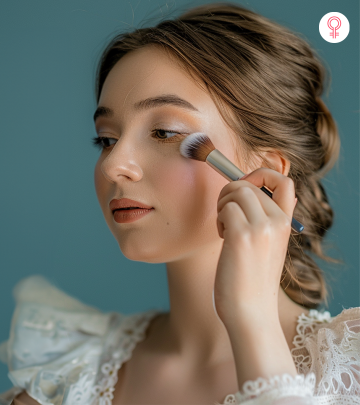

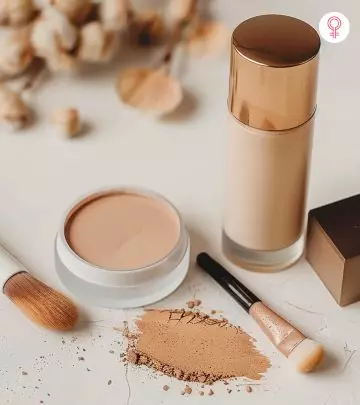
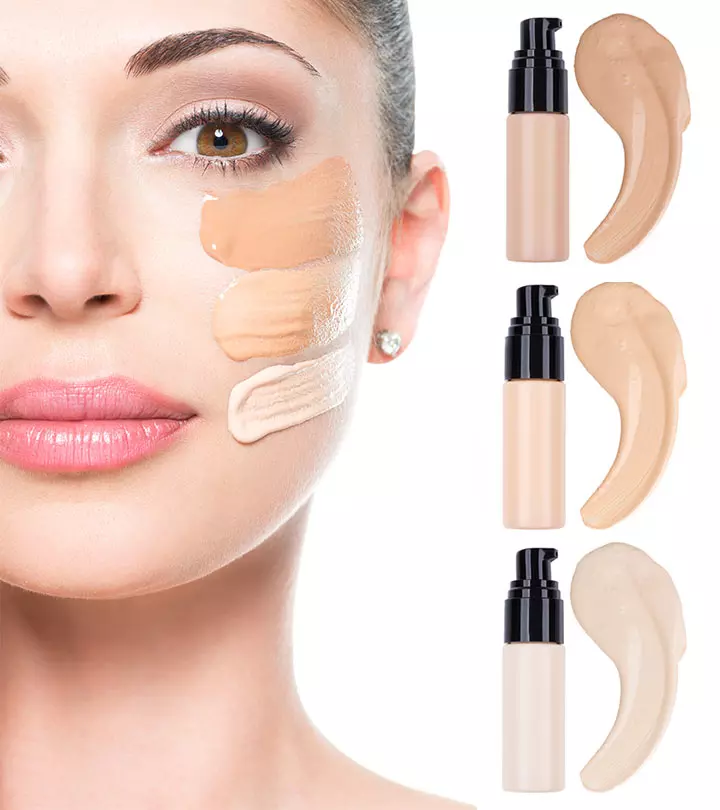
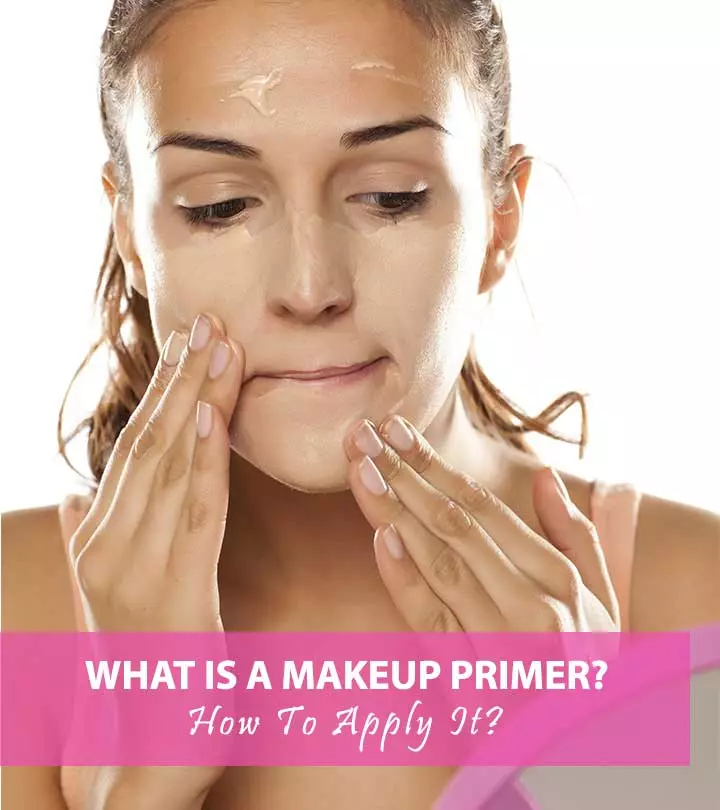

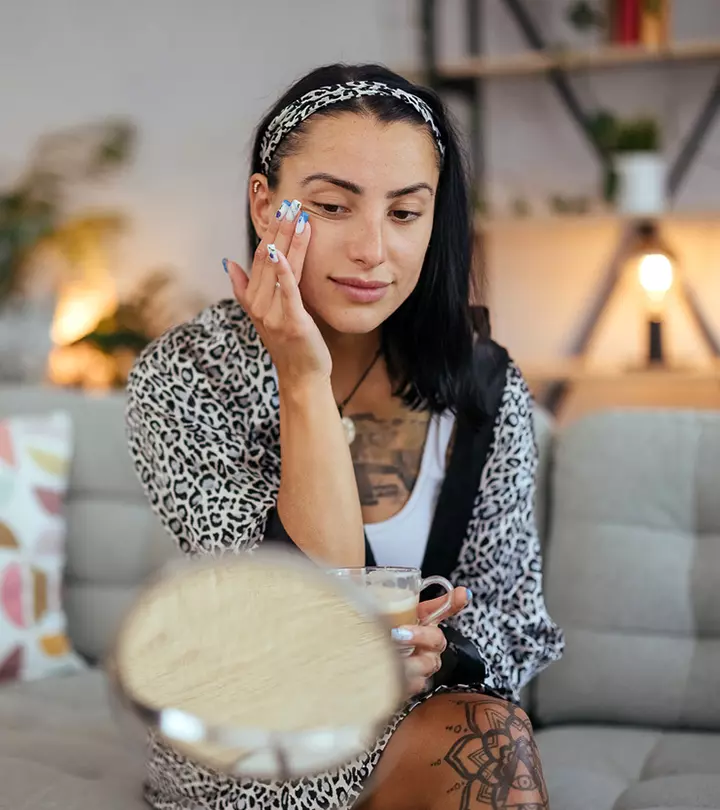
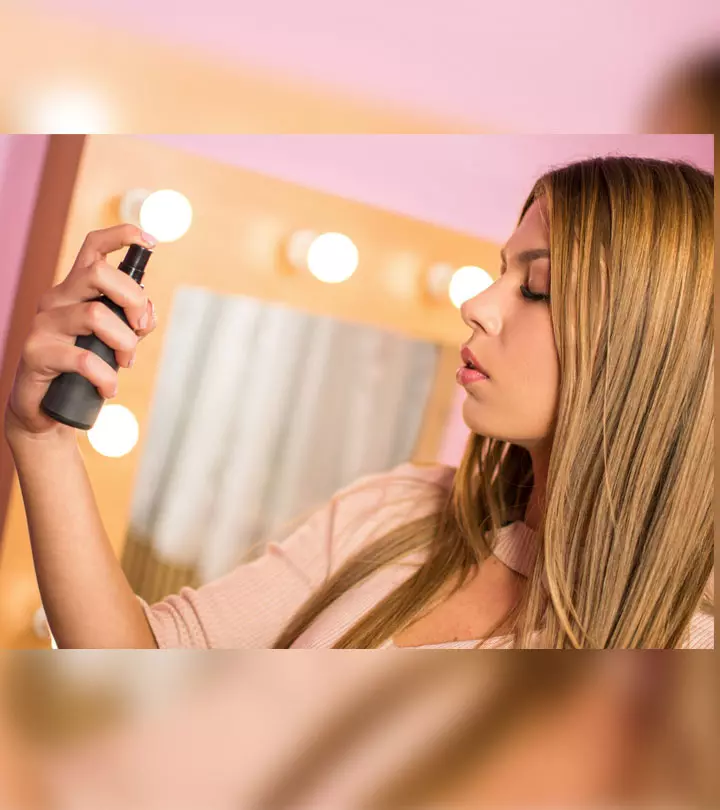



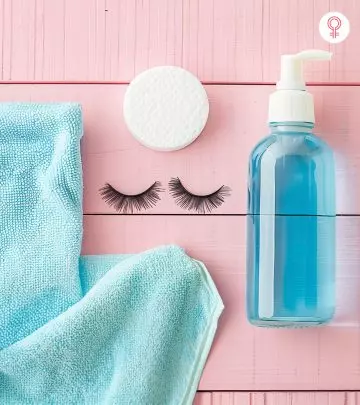
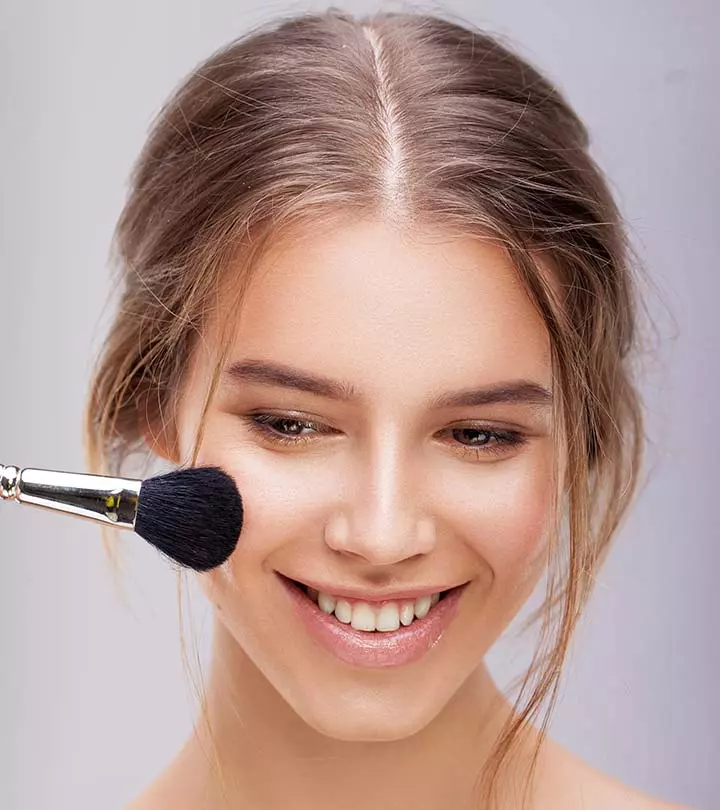
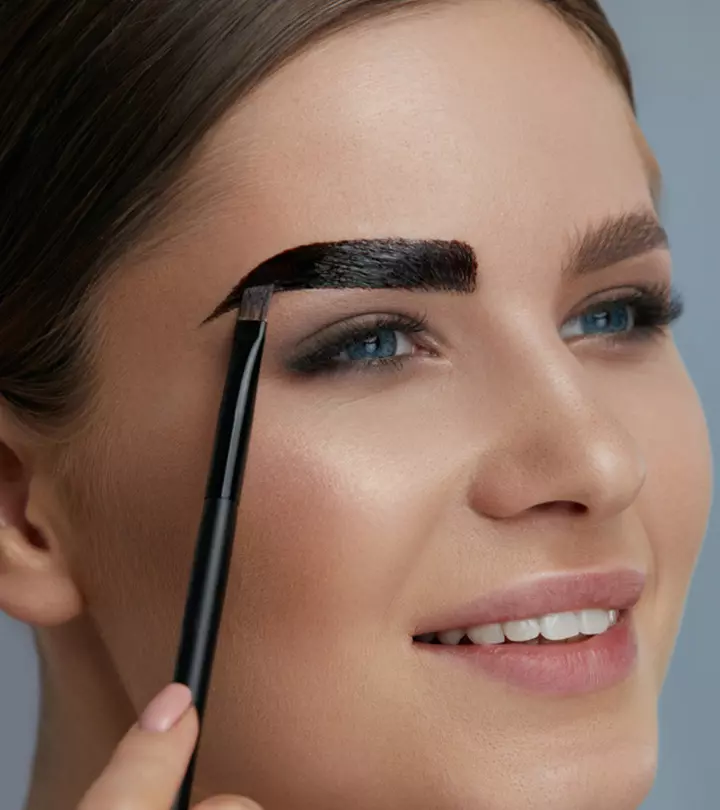
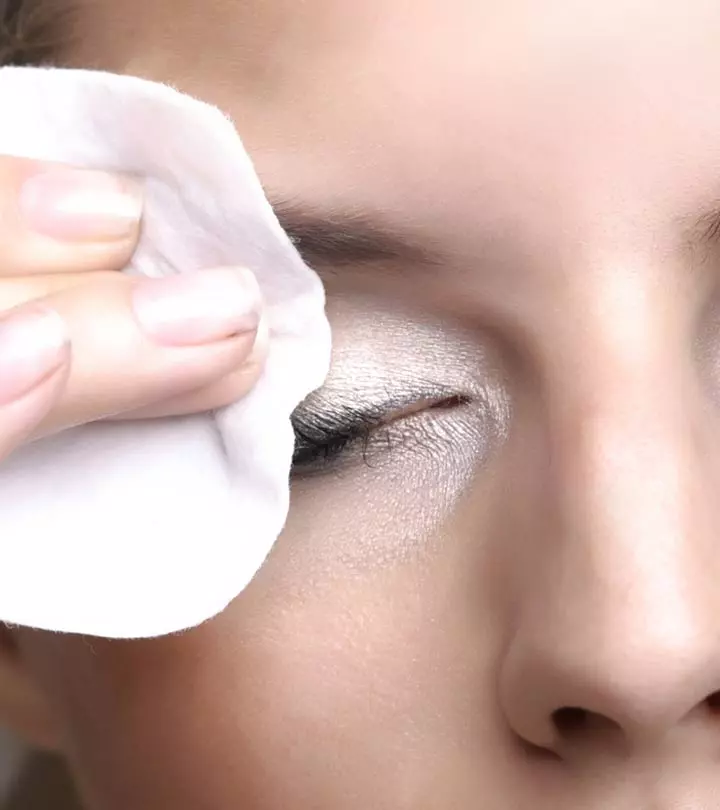
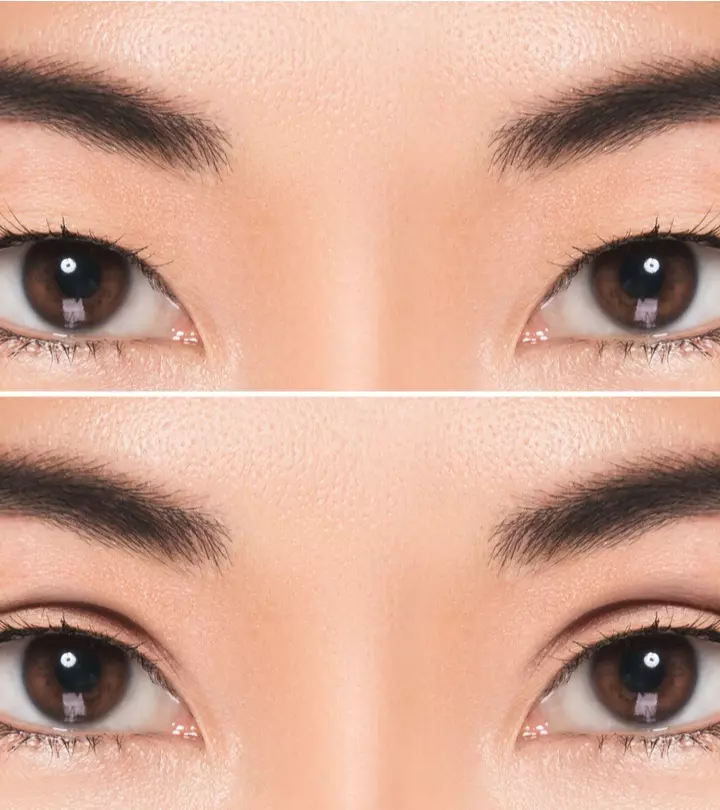


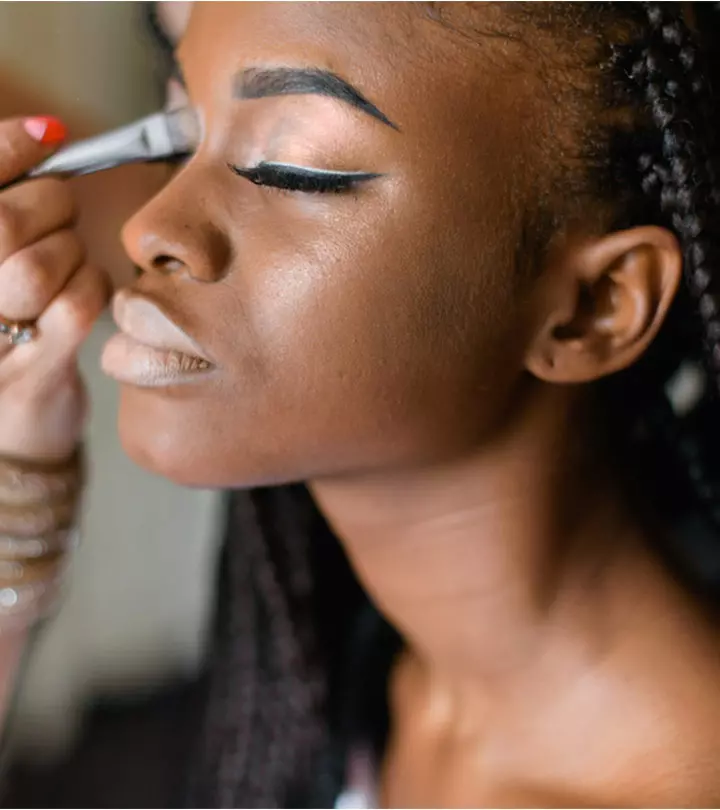
Community Experiences
Join the conversation and become a part of our empowering community! Share your stories, experiences, and insights to connect with other beauty, lifestyle, and health enthusiasts.